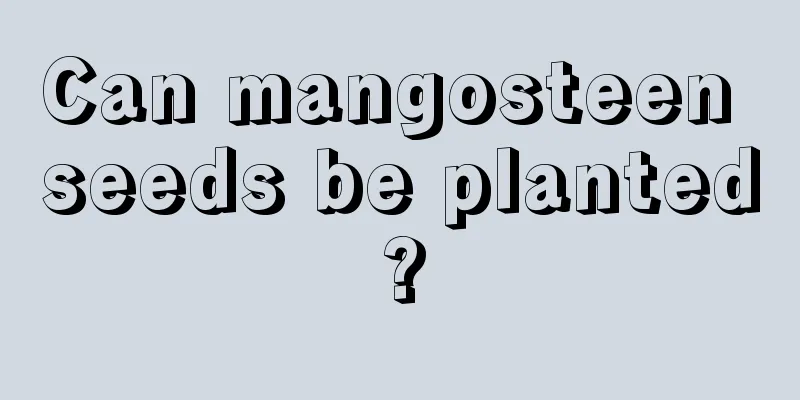Chamomile characteristics and flower language

Chamomile characteristicsChamomile is a biennial or multi-year herb, 5-20cm tall. The stem is erect or oblique, covered with grayish white hairs. The petiole is long and the base is enlarged ; the leaf blade is oblong or ovate, 3-4cm long, 1-1.5cm wide, deeply pinnately divided, with 2-5 pairs of lobes, each lobe has 2-5 shallow or deep lobes, the tip lobules are ovate or broadly strip-shaped, the tip is obtuse or acuminate, and the entire leaf blade is covered with grayish white wool or almost glabrous. The chamomile inflorescence head is solitary on a stalk 4-16 cm long ; the involucre is 7-12 mm in diameter, sparsely woolly or almost hairless ; the involucral bracts are 3-4 layers, herbaceous, the outer involucral bracts are linear-lanceolate, with almost no membranous margins, the inner involucral bracts are one and a half times shorter than the outer ones, linear-oblong, with broad membranous margins ; the receptacle is obviously convex, conical-spherical ; the flowers are yellow, all tubular, and have 5 teeth. Achenes 1.8-2.2mm long, glabrous, with 5 ribs, with a membranous corona about 1mm long at the tip, corona 5- lobed. Flowering and fruiting period is from April to September . Chamomile Flower LanguageChamomile, as soon as you hear the name, you know that its origin is foreign. Yes, its origin is in Germany. It is actually a type of chamomile. However, both the flower shape and habits have their own characteristics compared to chamomile: about 30 cm tall, with a yellow center, white lace, and furry leaves. According to legend, chamomile was dedicated to the sun god and could cure fever, so it was referred to as the herb of the moon in ancient Egypt. Because it has a cooling effect, mild anti-depressant effect , and can soothe restlessness and irritability, its flower language carries the spirit of indomitable spirit , that is: the more you are frustrated, the more courageous you become, and the strength in suffering. |
<<: Does growing flowers also require “the right time, the right place, and the right people”?
>>: What does the star-shaped begonia look like?
Recommend
Breeding methods and precautions of golden marbles
1. Breeding environment 1. Soil: Slightly acidic ...
Cultivation methods and precautions of Granma grass
1. Soil Grammar grass has low requirements for so...
How many marigolds should be planted in one pot
How many marigolds can be planted in one pot It i...
How to prune roses?
The key to preventing rose leaf drop is proper pr...
Precautions for watering green radish
How to judge whether to water To know when to wat...
Sprinkle some ash in the pot, and all the mosquitoes will run away. Ten buds will pop out in one day, and the pot will burst!
Spray some wood ash on the flowers, and all the a...
Four-season maintenance methods of poinsettia
Spring maintenance Timely pruning and repotting A...
What are the benefits of using bone meal to water flowers? What effect can be achieved by using bone meal to grow flowers?
Benefits of bone meal for watering flowers Bone m...
The difference between jade ornaments and new jade ornaments
1. Different appearance 1. Jade ornaments Jade se...
Breeding techniques for North American alligator turtles
The North American alligator snapping turtle is a...
How to care for wine bottle orchid in winter
How to Overwinter Wine Bottle Orchid Bottle orchi...
How to grow loofah to achieve high yield?
Luffa is a vegetable that can be grown all year r...
Spring Spinach Planting Time and Method
Spring Spinach Planting Time Spring spinach is ge...
Diseases and Pests of Begonia Bulbosa and Their Control
Common diseases of bulbous begonia powdery mildew...
The efficacy and function of taro
1. Ornamental value With its large leaves and rhi...









